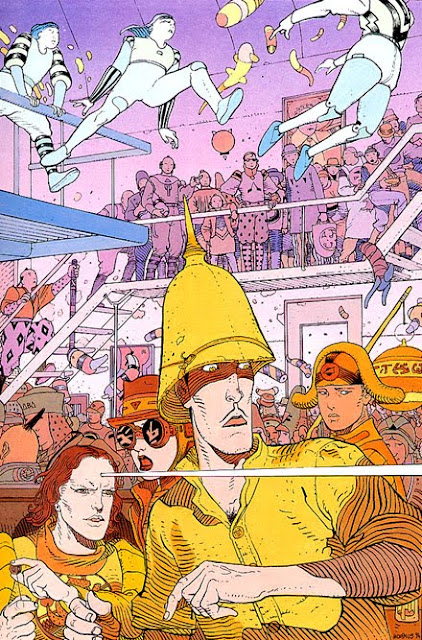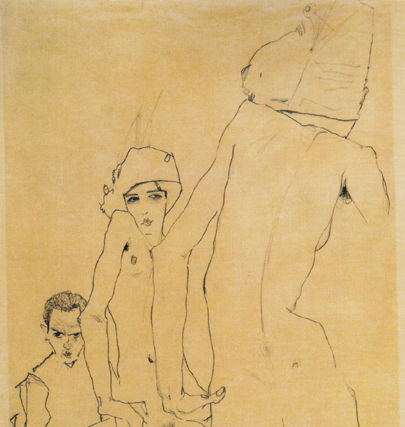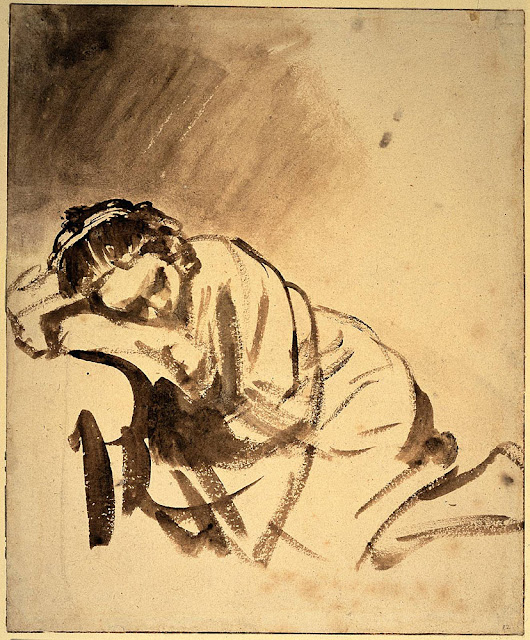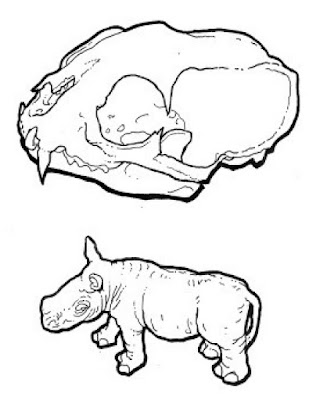The summer advances, the fireflies are fewer, the air conditioner needs a rest. I hope everyone is mixing some of those fantastic summer things in with all your graduate school preparations, like eating frozen bananas while floating down a river in an inner tube, or whatever your version of a fantastic summertime thing is.
This week's mission is simple and sweet, an important idea we'll conquer easily.
Drawing is a complex activity, there's no doubt about it - when your pencil is moving around the paper there are so many things to consider, keep straight, balance, and it can always be better. Many of the aspects of drawing we're looking at quickly in this summer course are massive ideas - like Proportion, from week 2 - that we could spend months profitably turning this way and that. There are several ideas, though, that we can raise, consider for a week, then stash away for when it's useful later.
Lines
We want our lines to be clear, responsive, and varied as they describe different surfaces, textures, hard and soft passages, etc. A drawing with one unchanging line doesn't pull us in - lines that have contrast interest us, helping describe the variety within the subject.
Line Weight it one of those ideas that we can absorb quickly. We have several examples here of master draftsmen from various times. Moebius, the pen name of the French cartoonist Jean Giraud, who died in 2012, was a comic book artist (and my personal hero) with a beautiful free flowing line that he could vary so subtly - here, thicker lines brings objects into the foreground, while thinner lines are for details and distant objects.

Egon Schiele had a profound sense of line, and a profound sense of anatomy, and it is remarkable to see what he conveyed just with his responsive, varied outline, with really minimal lines within the form.

Rembrandt provides the most masterful use of varied line, here with quick brushstrokes that you can almost count, but his lines and tones are so varied, accomplishing so many things - I never get tired of looking at this drawing.

When I was a design student I had a teacher lay down the law for drawing costume renderings: your thickest line for the silhouette; your next thickest line for lines of tailoring; your thinnest line for wrinkles and texture. Boom boom boom. I learned it that way, and while I happily vary it and change it around, the clarity this approach gives is undeniable. Here are some sketches done at the American Museum of Natural History, with a nice thick silhouette and detailed passages within the form with a thinner line.

Your Mission
You may use two pens, like a Sharpie and a Mikron pen, with contrasting line widths, or you could use a pencil for this assignment. Choose a nice subject, with an interesting silhouette and interesting passages within. Some ideas:
A pile of shoes
A cauliflower
A stack of various books
A dress tossed on the floor
Six asparagus in a pile
You could also try this on the self-portrait you did earlier.
Use your imagination and surprise and charm me. Do a quick quick sketch to establish the overall form, and then draw a good strong, descriptive silhouette. Then map out important details within - what's the least you can get away with and still have a drawing that's fun to look at? Don't worry about shading, this is purely an exercise in line (seriously - look me in the eyes - no shading). Make your lines definite and continuous - we're saying good bye to the wispy, sketchy line.
No comments:
Post a Comment